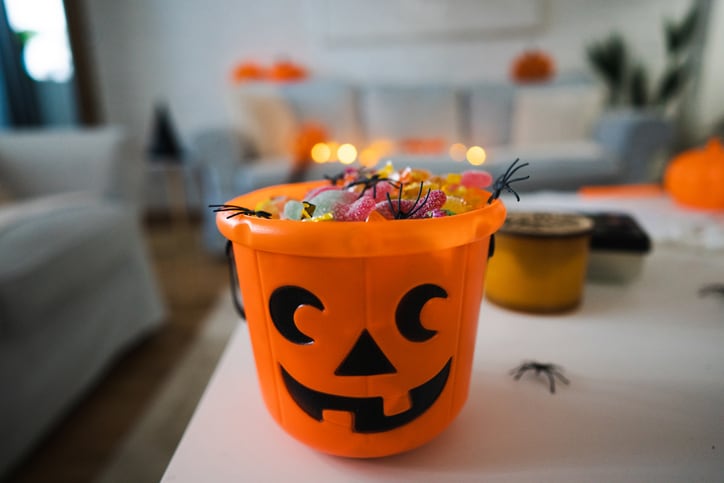You’ve heard of the terrible twos — that period of toddler tantrums and turmoil. Did you know this is also a time when your child is undergoing major changes in brain development, actions and empathy? Your little one is basically starting to think for herself, according to Dr. Eileen Kennedy-Moore, psychologist and author of “What About Me?: Twelve Ways to Get Your Parents’ Attention (Without Hitting Your Sister).”
This is all work that helps your little one reach those important toddler milestones such as pretend play, reasoning, recognizing other people’s perspectives and understanding order and sequence. Dr. Shimi Kang, author of “The Dolphin Way: A Parent’s Guide to Raising Healthy, Happy and Motivated Kids — Without Turning Into a Tiger,” reminds parents and caregivers to make sure their children get plenty of sleep and have a balanced diet at this time.
And read
our guide to developmental milestones for kids
.
Cognitive Milestones From Age 2 to 3
Your child has been engaging in pretend play for some months, but it is at age 2 that this play begins to become more complex, according to the American Academy of Pediatrics (AAP). Pretend play begins with something simple, such as sipping from a toy teacup. As your child gets older, she will begin to set out tea cups, and serve her teddy bear guests in a commonsense order. Dr. Kennedy-Moore says that eventually, your child will be able to incorporate other people into these actions. Mastering pretend play means that kids will start to recognize fantasy from reality, such as knowing a person in a lion costume isn’t really a lion, according to Dr. Kennedy-Moore.
Your child is also taking in her surroundings and realizing that her family members like different things. For instance, she may realize that mommy likes carrots but daddy likes green beans. Knowing her veggies also comes in handy when grouping, another skill that toddlers master during this year. Kids might begin to organize their dinosaurs into mean ones and nice ones rather than distinguishing between the animals based on more overt physical properties.
Dr. Kennedy-Moore says that kids between 2 and 3 also love order and sequence. This helps stop them from feeling overwhelmed, she says. You’ll notice this when your child demands to put on her shirt before her pants, and when she understands your rule about eating dessert after dinner.
How to Support Your Child
Toddler milestones such as pretend play are fun and exciting and can be encouraged through some simple steps. To support her development, involve your child in meaningful daily activities like shopping, laundry, cleaning and cooking — they might seem like boring chores to you, but they’re all extremely interesting, rich learning experiences for your child. Along with the language development opportunities, these chores use functional skills like sorting, counting, classifying, ordering and organizing. “Using real life as a parenting tool is effective,” says Kang. The National Center for Infants, Toddlers and Families recommends reading to kids to help them learn new skills and explore bright new places and experiences.
You’ve probably noticed this yourself, but 2-year-olds can often be unreasonable. That’s why Dr. Kennedy-Moore suggests offering choices to your children, but make sure both options are good ones. For example, let her pick if she wants apples or pears for a snack. Other ways to avoid a tantrum? Don’t rush. Kids this age have no sense of time, only sequence — so plan ahead for outings. And although some days you will feel like these really are the terrible twos, don’t fear tantrums or meltdowns, but use them as a learning experience. “Role play with your child and replay the tantrum but with a different ending,” Dr. Kang says.
And check out this
Overview of Milestones From 24 Months to 3 Years
.
Remember that each child develops at her own speed. Nurture and encourage your child, but don’t feel that you have to push or “get” your child to that next milestone. Just be there to help her along the way.
Molly Blake is a freelance writer. She has two daughters who are, thankfully, older than 2.






